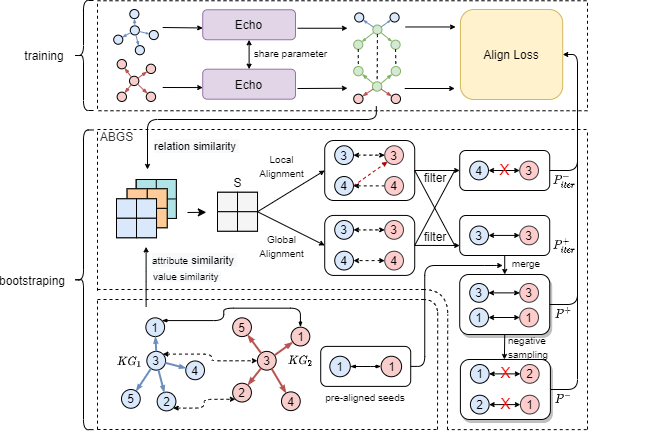Relational Reflection Entity Alignment
Entity alignment aims to identify equivalent entity pairs from different Knowledge Graphs (KGs), which is essential in integrating multi-source KGs. Recently, with the introduction of GNNs into entity alignment, the architectures of recent models have become more and more complicated. We even find two counter-intuitive phenomena within these methods: (1) The standard linear transformation in GNNs is not working well. (2) Many advanced KG embedding models designed for link prediction task perform poorly in entity alignment. In this paper, we abstract existing entity alignment methods into a unified framework, Shape-Builder & Alignment, which not only successfully explains the above phenomena but also derives two key criteria for an ideal transformation operation. Furthermore, we propose a novel GNNs-based method, Relational Reflection Entity Alignment (RREA). RREA leverages Relational Reflection Transformation to obtain relation specific embeddings for each entity in a more efficient way. The experimental results on real-world datasets show that our model significantly outperforms the state-of-the-art methods, exceeding by 5.8%-10.9% on Hits@1.
PDF Abstract






